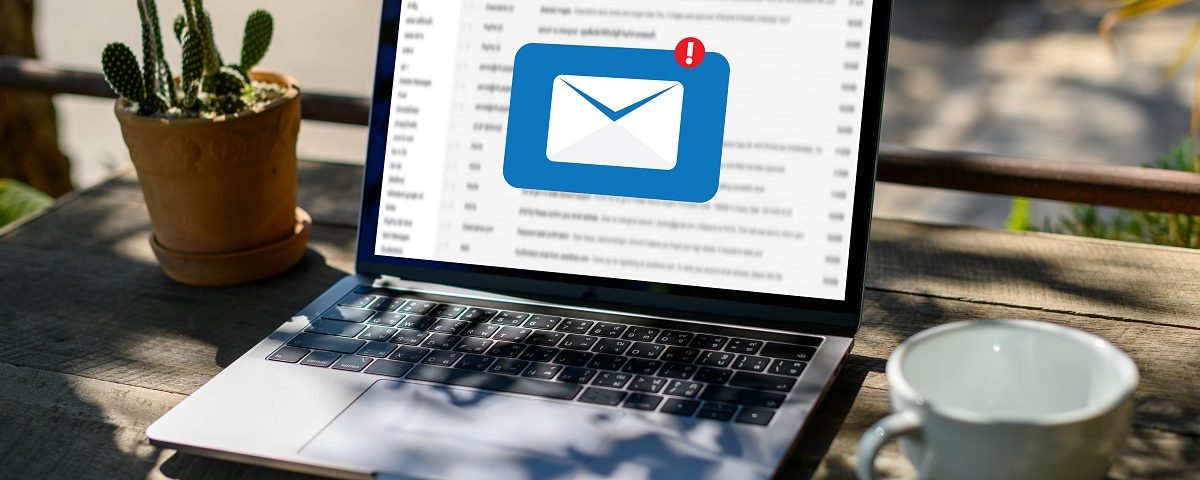- Have any questions?
- 888-432-8878
- steve@sebackground.com
Your Career Q&A: Lay the Foundation for a Promotion
August 19, 2019DOJ to Supreme Court: Transgender Workers Are Not Protected by Civil Rights Law
August 19, 2019The average worker spends 28% of the workday reading and answering email, according to McKinsey analysis. For the average full-time worker in North America, that amounts to 105 emails per day. This means spending approximately two hours in a day sorting out emails.
Research shows that embarrassing email errors can change the way people look at you. Shouldn’t this mean that we should be careful of how we exchange emails at work? Turns out a lot of us tend to overlook basic email etiquette especially when we’re in a hurry to get rid of tasks from our To-Do list.
To make things easier, we’ve boiled down to a list of most important email etiquette rules everyone should know and exercise at work.
Most Important Email Etiquette Rules
 Reply in a timely fashion
Reply in a timely fashion
Send a timely reply to each email addressed to you. If you do not have the time to answer at the moment, take a minute to let the sender know that you’ve received their email.
Proofread your message
As mentioned earlier, research shows that email errors can change the way people look at you. For instance, if your message is slathered with misspelled words and grammatical errors, you may be perceived as illiterate and careless.
Don’t hit ‘Reply All’
Have you been in a situation where you accidentally hit ‘Reply All?’ It sucks, right? In most scenarios, the reply all isn’t the culprit. It’s ‘email storm,’ a phenomenon where
We recommend using Microsoft Outlook’s Recall comment which deletes a message from the recipients’ Inbox before they’ve opened it. It should be noted that this feature works only when you and your recipients are in the same company.
Don’t overuse exclamation points
Use of exclamation points indicates excitements and conventional grammar rules say that they should be used sparingly. While a few exclamation points are fine in emails it’s probably best to leave them out of formal emails.
Use a professional salutation
No matter how well versed you are with the recipient, always begin your email with ‘Hi,’ or ‘Hello.’ You can always be more formal and use ‘Dear name of the recipient’ instead. Using the person’s name in the email salutation is the way to go – “Hello Diana” is acceptable.
So there it is! A list of email etiquette rules you must abide by to leave a good impression at work.
The post 5 Email Etiquette Rules Everyone Should Know appeared first on The HR Digest.
Source: New feed




